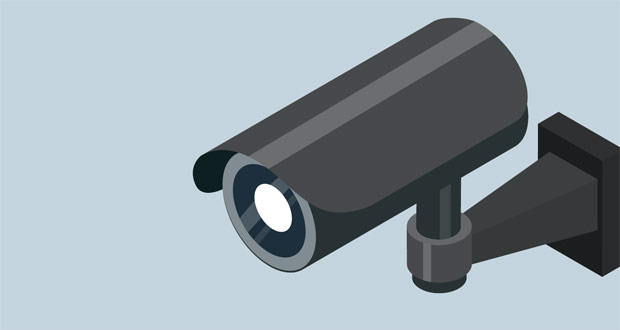
Lodging facilities have traditionally relied on a layered approach to physical security. Mutually supporting security countermeasures—including CCTV, locks, and staff dedicated to the security function—exist at the perimeter of the property, entrances, and key access points (e.g., the front desk) to deter, delay, disrupt, or deny the human threat. To build upon these existing practices and to ensure that security is both an organizational philosophy and practice for all staff, basic behavioral detection and analysis (BDA) techniques should be added to existing security programs.
1. Determine the baseline.
The mood and behavior of patrons change with the time of the day (morning departure, mid-day lull, evening rush), day of the week (weekend rush), month of the year (holidays, spring break, vacations), weather (rain, snow, extreme heat), type of event (wedding, business conference, comic book convention), presence of long lines at check-in, etc. Since stress levels continuously rise and fall, it is important for staff to be aware of the “current” behavioral baseline. Arguably, employees are already skilled at establishing baselines. Long lines, excessive waits, and crowds cause staff anxiety levels to rise. These same events influence guest behaviors.
2. Identify anomalies.
Once a baseline is identified, staff members (especially those positioned at stress points) can look for people exhibiting behaviors that are out of the ordinary based on the determined baseline.
3. Resolve anomalies.
Threats at times may be obvious (visible weapons or assaultive/disruptive behaviors). In other cases, it requires human interaction. Engaging in a soft, friendly conversation (‘Good afternoon, how are you today? What may I assist you with? What brings you to town? Where are you coming in from?’), may be all that is needed to determine if the individual or situation is suspicious and needs to be reported. This type of engagement is win-win. It is both customer service and safety- and security-minded!
4. Tell.
If an obvious threat is observed, or, if after engaging in a soft conversation, staff are unable to resolve the individual’s suspicious behavior (no logical innocent reason), it should immediately be reported to security or local law enforcement. By reporting, you are also allowing for a second set of observations—i.e., a second opinion.











